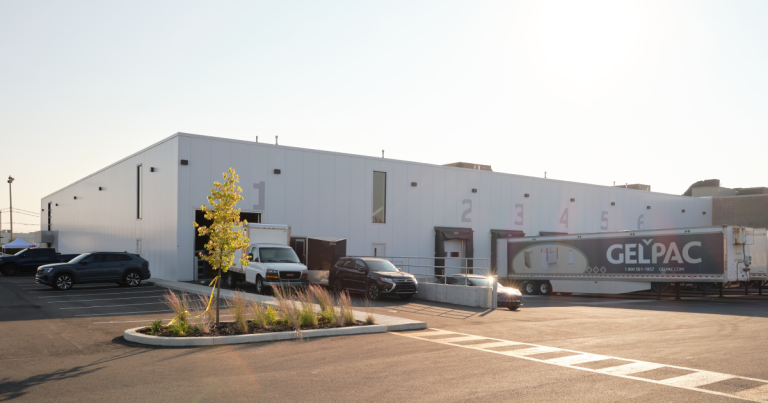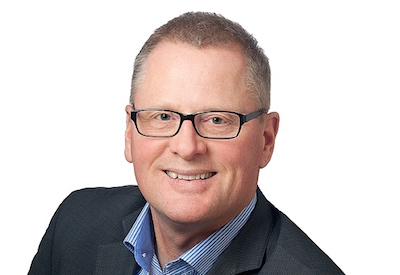Maximizing Surge Protection Safety

Product line and engineering manager, surge protection Eaton
Surge protection devices (SPDs) play a critical role in guarding sensitive electrical equipment from the destructive effects of power transients, but servicing them safely without impacting critical operations has traditionally been difficult. Now a new generation of SPDs with sophisticated safety functionality is helping organizations address that long standing limitation. This white paper explains how the latest SPDs empower companies to maximize surge protection without endangering technicians, and outlines critical features to look for when evaluating these new and advanced devices.
Traditional SPD safety hazards
Servicing traditional SPDs poses serious risks to maintenance personnel and mission-critical workloads:
• if the SPD has an internal disconnect, power on the line side of the disconnect continues to flow even when the disconnect isopen, exposing technicians to potentially hazardous voltages andhazardous arc flash events.
• if the SPD lacks an internal disconnect, maintenance personnel must shut off upstream power completely before allowing service personnel to open the device. Often times, the source of that power is a panel board supporting critical loads. As such panels sometimes offer no way to interrupt power solely to an SPD, technicians must shut off electricity to all downstream devices during SPD maintenance procedures. The upshot in facilities with a single power system is increased downtime for affected workloads, and even facilities with parallel power architectures suffer heightened risk of downtime.
How next-generation SPDs mitigate traditional safety hazards
The latest SPDs include functionality designed to prevent injury without affecting downstream loads. Specifically, organizations seeking maximum safety and surge protection should seek out SPDs with these critical attributes:
• Robust safety features. Next-generation SPDs employ a variety of innovative techniques to safeguard personnel during maintenance procedures.These include:
• Separate wireways for incoming power cables and surge module wiring: This enables technicians to perform surge module administration without risking electrical shock or exposing themselves to dangerous arc flashes.
• Safety barriers: The latest SPDs include hinged barriers for both in coming cable access and internal maintenance access that prevent administrators from accidentally touching energized surfaces when the device is open for servicing.
• Built-in lockout and tag out provisions: Next-generation SPDs with an internal disconnect come with integrated lockout and tag out provisions that ensure power is shut off before maintenance work commences, and that it remains off until servicing is complete.
• Thermally protected metal-oxide varistors (MOVs): Next-generation SPDs employ thermally protected MOVs as their core surge suppression component. Should a temporary over voltage, high fault current or other abnormal electrical condition occur, the SPD removes these MOVs from the circuit rapidly and safely before an arc flash can develop, shielding technicians from harm.

Next-generation SPDs come with safety barriers and lockout/tagout provisions that protect technicians from injury during maintenance procedures.
• Dual-colored LED status indicators. Status lights on traditional SPDs have only two readings: on (indicating that power is flowing to the device) and off (indicating that power is not flowing). Advanced SPDs have dual-color LED lights that also show administrators the protection status for the unitas a whole, or any of its phases on three-phase devices. Models that require a neutral wire come with an additional dual-colored light,indicating the power and protection status of the neutral-ground(N-G) connection. Older SPDs often have N-G mode protection, but no means of verifying its present status.
• Reduced need for periodic maintenance. Next-generation SPDs make limited to no use of components that require periodic administration, such as replaceable fuses and surgecounter memory backup batteries. This protects personnel from maintenance-related injury by reducing the number of service procedures they must perform.
Other important features
Though safety and surge protection are the most critical priorities to consider when evaluating next-generation SPDs, companies should also look for models with these important features:
• Maximum current ratings. Look for devices offering a 20 kA nominal discharge current rating and a 200 kA short-circuit current rating, both of which are the highest ratings presently available.
• Support for critical standards. At a minimum, any next-generation SPD you choose should meet the UL_ 1449 3rd Edition and 1283 5th Edition standards, as well as the Canadian Standards Association’s (CSA_) SPD standard.
• Compact form factor. In addition to conserving space in your data center, SPDs with a compact case can be mounted in close proximity to critical loads,ensuring better protection by reducing let-through voltage.
Application flexibility
Every organization has different and evolving needs. The next generation SPDs they use should therefore offer the following:
• support for wire sizes from #10 to 1/0
• both terminal blocks and optional internal circuit breaker disconnects
• top, bottom and side wire entry
• a rotating front panel display that accommodates both left and right mounting
• painted steel NEMA 4 and stainless steel NEMA 4X enclosures,for mounting in indoor, outdoor and harsh environments

Next-generation SPDs feature compact, flexible form factors.
Conclusion
In the past, servicing SPDs safely without shutting off power to downstream loads was all but impossible. Thanks to the recent introduction of more advanced SPDs with innovative safety functionality,however, system operators can now enjoy the best of both worlds:protection for sensitive equipment from dangerous surges during normal operation and protection for technicians from safety risks during maintenance procedures. Organizations that place a high value on both up time and workplace safety should investigate these next-generation products.
Dan Ellis is a product line and engineering manager, surge protection, for Eaton.

















